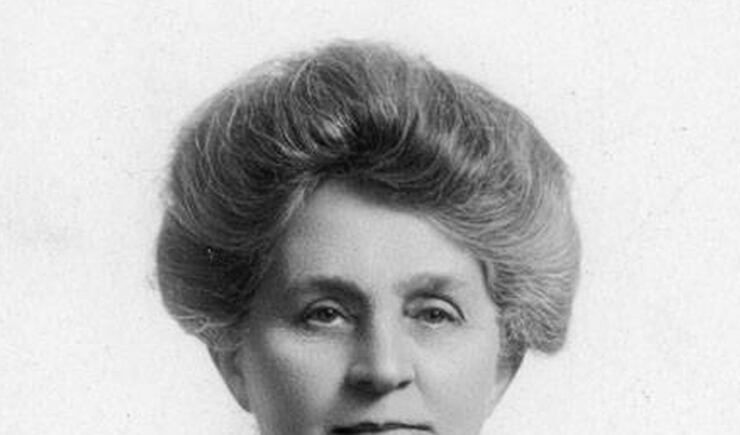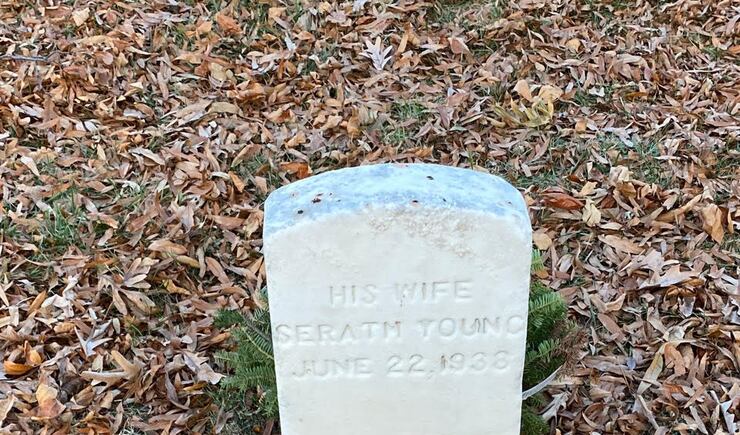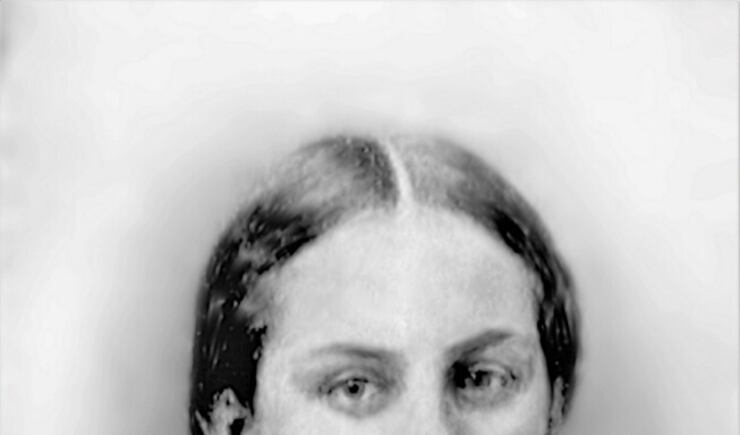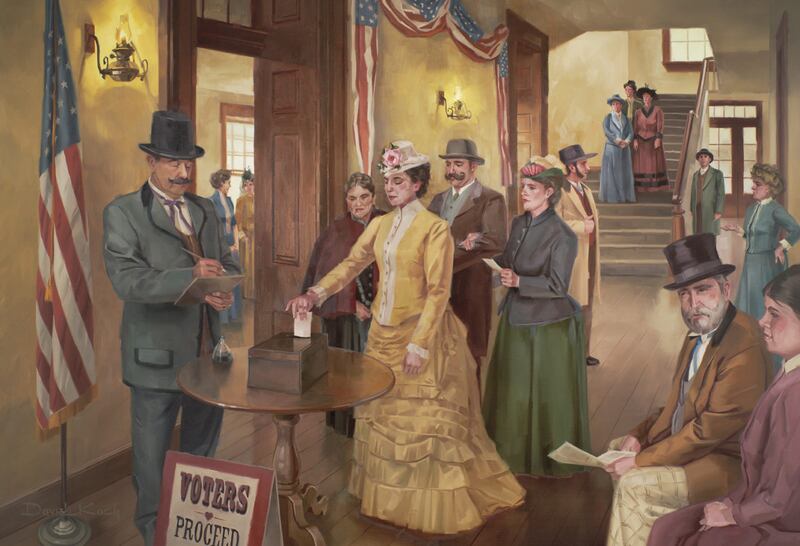SALT LAKE CITY — One hundred and fifty years ago this Friday — on Valentine’s Day 1870 — a 23-year-old Salt Lake schoolteacher named Seraph Young got up early so she’d have time to make a stop before she started work that day at the University of Deseret.
What was so important? A new dress for that night’s party? Was she picking up flowers? Maybe some candy?
Nope. Valentine’s Day had nothing to do with it.
Seraph stopped by City Hall so she could vote.
No woman in America had ever done that before.
* * *
If anyone made a big deal out of it, it is lost in history. But probably not. It had only been four days since the territorial Utah Legislature passed the act on Feb. 10, 1870, that gave Utah women suffrage, aka the right to vote, and only two days since Gov. S.A. Mann signed it into law.
A total of just 25 women made their way to City Hall to cast their ballots in the Salt Lake City municipal elections that historic Valentine’s Day — in sharp contrast to the more than 2,000 women who would vote in the general territorial election six months later, by which point everyone had time to realize this was real and not some kind of trick.
You could forgive women for being wary. America had been around for nearly a century. There had been a Revolutionary War and a Civil War that fought valiantly for freedom, but none of it included giving females the freedom to vote.
When a woman finally got to start the parade — in Salt Lake City, of all places — that woman was Seraph Young.
[Listen to the Deseret News podcast: Zion’s Suffragists]
She was a typical Utahn by 1870 standards. She was born en route to the Salt Lake Valley in the fall of 1846 when members of The Church of Jesus Christ of Latter-day Saints fled persecution in Illinois. She was one of the first permanent settlers in the territory. Her grand-uncle was Brigham Young. She was educated — hence her position as a teacher at the school that would become the University of Utah — and, at the time she cast her vote, single.
Seraph married in 1872, two years after her historic vote, when a Civil War veteran named Seth Ford came to Utah Territory by way of the newly completed transcontinental railroad. They had three children and stayed in Salt Lake City for several years as Ford found work as a printer. But then his eyesight failed, due to injuries from the Civil War, and the family moved east to be near Ford’s family.



Life wasn’t easy for the first American woman to vote. Her husband went completely blind and the family performed musical concerts on street corners to try and make ends meet.
Seth died in 1910 and was buried, with full rights as a veteran of the Union Army, in Arlington National Cemetery. When Seraph died in 1938 at the age of 91, she joined him there. When they put her name on the opposite side of her husband’s tombstone, under the inscription “His Wife,” her name was misspelled — Seratm instead of Seraph.
On the grounds that no one should have their name misspelled on their tombstone, and especially not the first American woman to vote, Better Days 2020, the Utah organization coordinating statewide celebrations of the 150-year anniversary of women’s suffrage, is attempting to correct the problem.
According to Ron Fox, a member of the Better Days 2020 governing board, Katherine Kitterman, a professional historian, has contacted the Arlington Cemetery about fixing the tombstone by not only spelling Seraph’s name correctly, but also adding the fact that she was the first woman in modern America to cast a vote.
In addition, Fox has enlisted the help of President Donald Trump.
“I sent the president a letter and talked to the White House” Fox said last week, “They are moving forward on the request and taking it very seriously.”
This week, a host of Utah Women’s Suffrage Week events are planned to commemorate the historic happenings of Feb. 10-14, 1870.
They include a day of song, poetry and reminiscing hosted at the state Capitol by Gov. Gary Herbert and first lady Jeanette Herbert on Wednesday, Feb. 12; and a remembrance walk and voter registration drive on Valentine’s Day, Friday, Feb. 14 — the day of the First Vote.
The walk will include a stop at Council Hall, the very building where Seraph Young stood in line 150 years ago to make history. Across the street in the Capitol, there’s a mural painted by David Koch in 2007 that re-creates the scene of the First Vote. Depicted is a young Seraph Young, all dressed up with somewhere to go, dropping her vote in the ballot box. And no one telling her she couldn’t.
CORRECTION: An earlier version of this story incorrectly stated that Seraph Young’s historic vote was 170 years ago. It was 150 years ago. Also, the remembrance walk on Friday, Feb. 14, will not include a stop in the state Capitol to view the David Koch mural.





